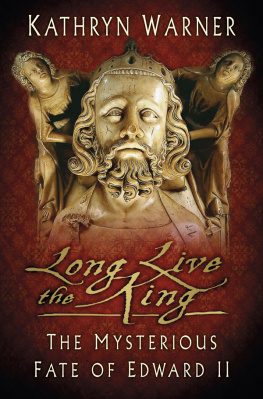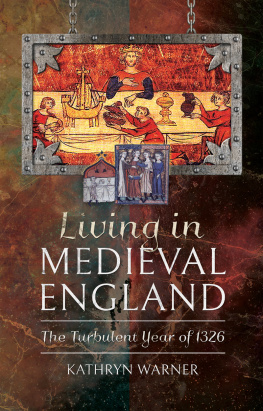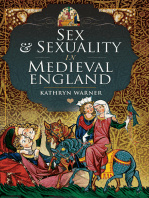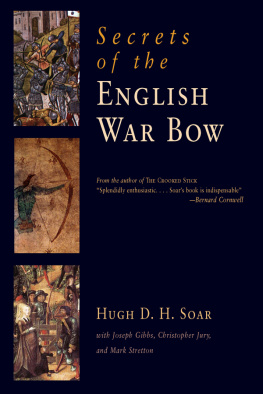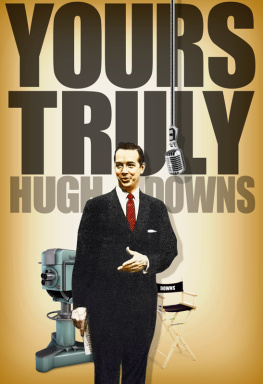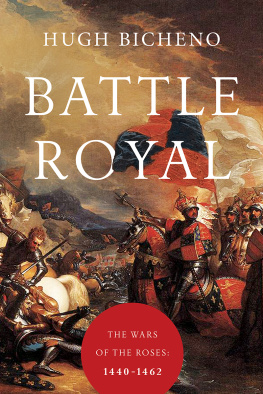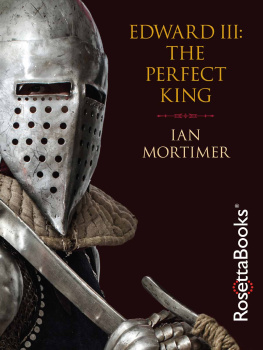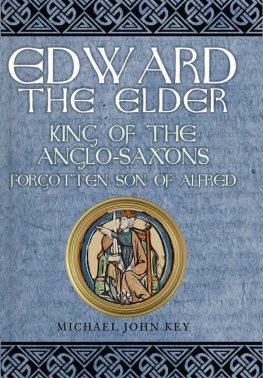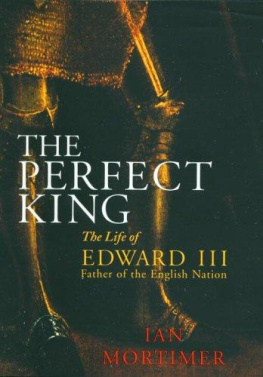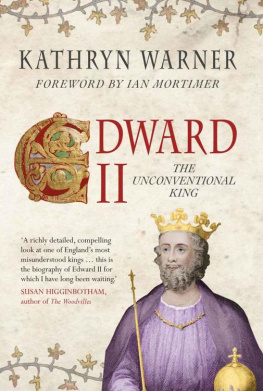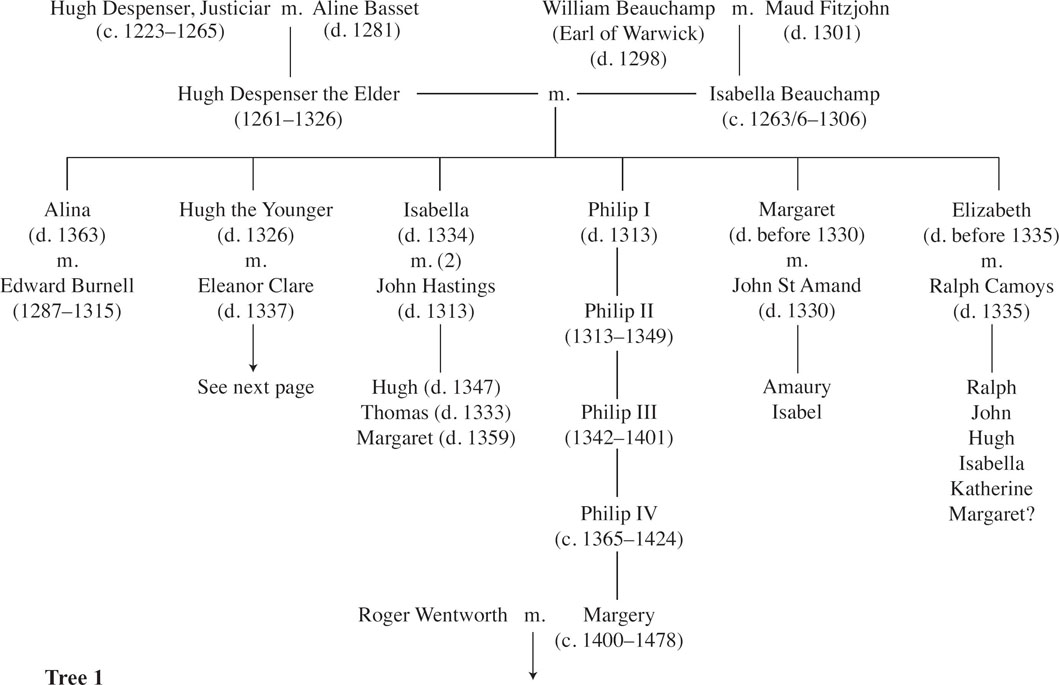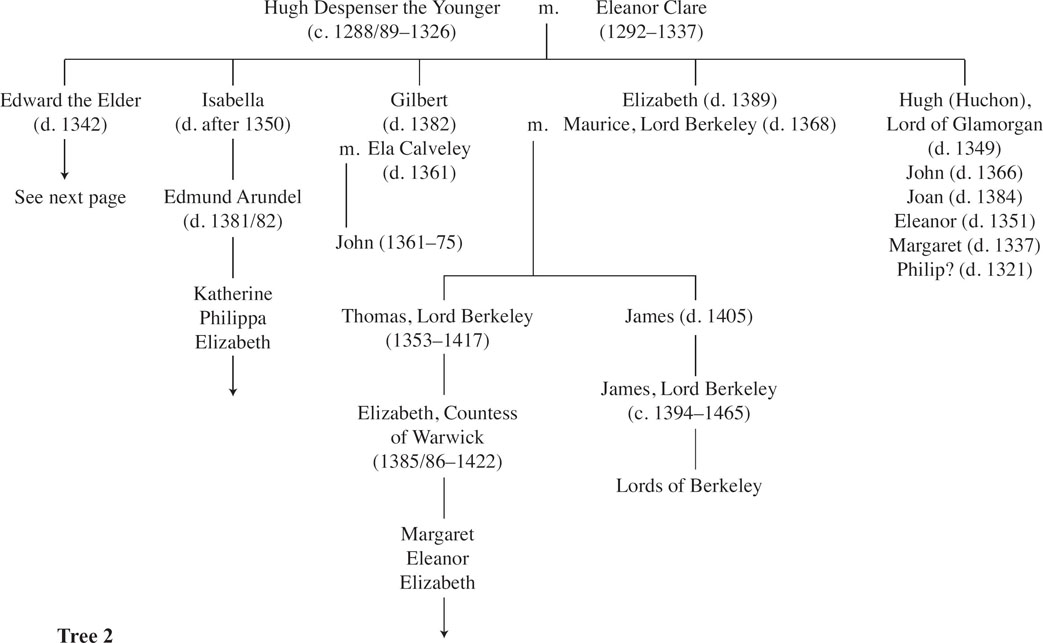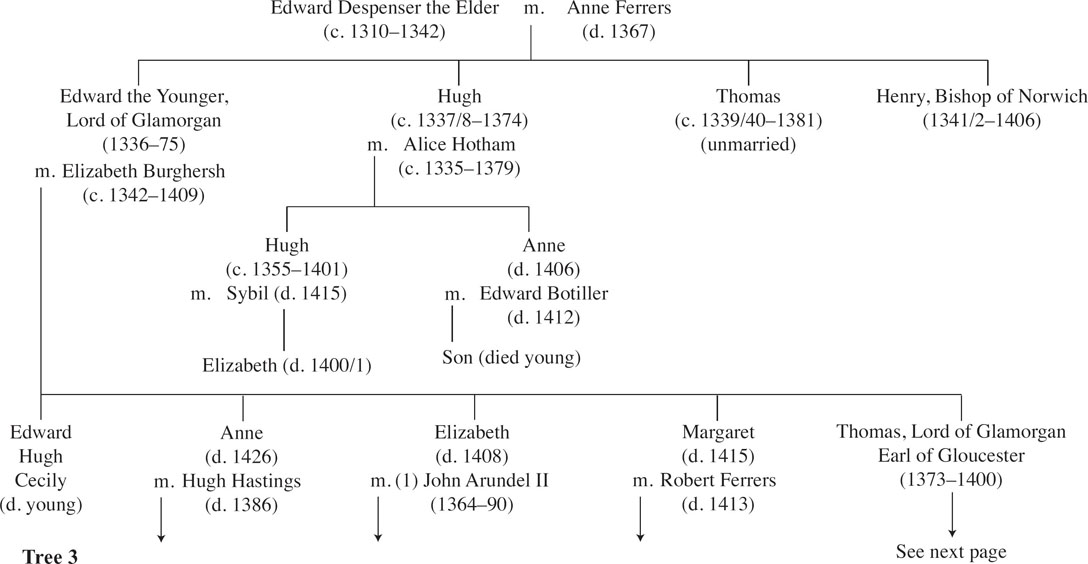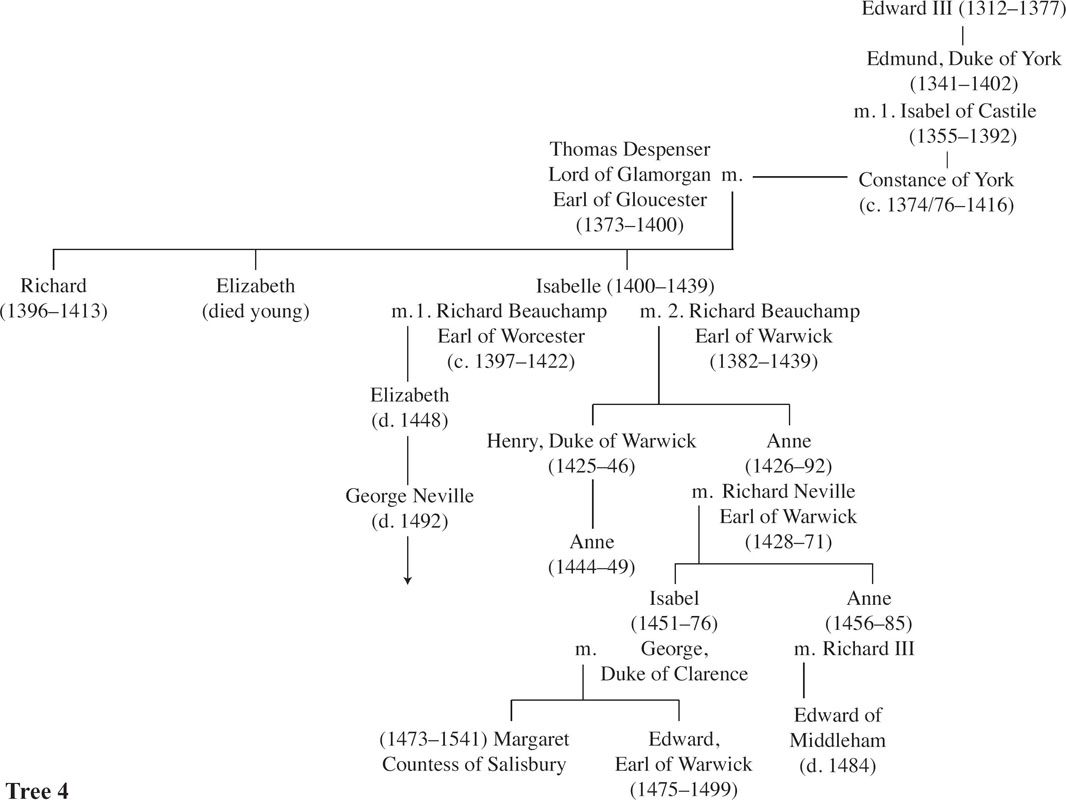Pagebreaks of the print version

THE RISE AND FALL OF A MEDIEVAL FAMILY
THE DESPENSERS
THE RISE AND FALL OF A MEDIEVAL FAMILY
THE DESPENSERS
KATHRYN WARNER
First published in Great Britain in 2020 by
Pen & Sword Military
An imprint of
Pen & Sword Books Ltd
Yorkshire - Philadelphia
Copyright Kathryn Warner, 2020
ISBN 978 1 52674 493 7
eISBN 978 1 52674 494 4
Mobi ISBN 978 1 52674 495 1
The right of Kathryn Warner to be identified as Author of this work has been asserted by her in accordance with the Copyright, Designs and Patents Act 1988.
A CIP catalogue record for this book is available from the British Library.
All rights reserved. No part of this book may be reproduced or transmitted in any form or by any means, electronic or mechanical including photocopying, recording or by any information storage and retrieval system, without permission from the Publisher in writing.
Pen & Sword Books Ltd incorporates the Imprints of Pen & Sword Archaeology, Atlas, Aviation, Battleground, Discovery, Family History, History, Maritime, Military, Naval, Politics, Railways, Select, Transport, True Crime, Fiction, Frontline Books, Leo Cooper, Praetorian Press, Seaforth Publishing, Wharncliffe and White Owl.
For a complete list of Pen & Sword titles please contact
PEN & SWORD BOOKS LIMITED
47 Church Street, Barnsley, South Yorkshire, S70 2AS, England
E-mail:
Website: www.pen-and-sword.co.uk
Or
PEN AND SWORD BOOKS
1950 Lawrence Rd, Havertown, PA 19083, USA
E-mail:
Website: www.penandswordbooks.com
Introduction
A historian has called the Despensers one of the fourteenth centurys most reviled families. [] This is perfectly true, and the Despensers story from the thirteenth century to the early fifteenth is almost impossibly dramatic. Of the seven chief Despenser lords between 1265 and 1400 Hugh the justiciar, Hugh the Elder, Hugh the Younger, Hugh the Youngers eldest son Hugh known as Huchon, Edward the Elder, Edward the Younger, and Thomas three were executed, two died in battle, one probably died of plague, and only one died of natural causes. The Despenser men generally failed to die peacefully in their beds.
They did, however, have a knack for making excellent marriages which elevated the familys fortunes in each generation. Hugh the justiciar (d. 1265) married the heiress Aline Basset, and their son Hugh the Elder (d. 1326) married the Earl of Warwicks daughter Isabella Beauchamp. Hugh the Younger (d. 1326) married Edward Is eldest granddaughter Eleanor Clare, who eleven years after their wedding brought him one-third of her late brothers earldom of Gloucester, the greatest windfall the Despenser family ever received. Huchon (d. 1349) married the Earl of Salisburys daughter Elizabeth Montacute. Edward the Younger (d. 1375) married the heiress Elizabeth Burghersh, and their son Thomas (d. 1400) made the most impressive match of all by marrying Constance of York, granddaughter of the kings of England and Castile and daughter of the first Duke of York. Finally, Thomass daughter and heir Isabelle Despenser (d. 1439) married two earls, Worcester and Warwick. These excellent Despenser marriages made the family close kin to the kings of England, yet despite this and despite all their wealth and influence, the family came close to disaster on several occasions. Hugh the justiciar was killed fighting against Henry III and his son the future Edward I in 1265, and the greed, despotism and corruption of Hugh the Younger and his father in the 1320s brought down King Edward II and almost destroyed the Despenser family as well. Thomas Despenser was summarily executed by a mob in 1400 after rebelling against the new king, Henry IV, in favour of the old one, Richard II.
In other areas, at least, the picture is somewhat rosier, and the family may have been patrons of some of the greatest authors of medieval England. The poet William Langland ( c . 1325/30 c . 1387/1400), who authored The Vision of Piers Plowman, one of the great works of medieval English literature, was the son of Eustace Stacy Rokele or Rokayle. Stacy himself was the son of a loyal Despenser adherent, Peter Rokele, undersheriff of Buckinghamshire in the 1320s, and an inscription in a manuscript of Piers Plowman calls William Langland the son of Stacy Rokayle, a tenant of the Lord Spenser [i.e. Despenser] in the county of Oxfordshire. In 2001, a writer postulated that the Despensers were connected to the author of the great poems Gawain and the Green Knight and Pearl in the second half of the fourteenth century. []
The Despensers: The Rise and Fall of a Medieval Family tells the story of this most fascinating of dynasties from the baronial wars of the 1260s until the 1430s, through the forced abdications of two English kings, the Hundred Years War, the Black Death, and the Great Uprising of 1381.
*
A Note on Names
The Despensers were exceptionally conservative with given names, and most of the male members of the family were called Hugh or Philip. This was, unfortunately and often extremely confusingly, the case with most noble English families of the Middle Ages. On top of all the Hugh and Philip Despensers, the father-in-law, husband, eldest son and grandson of Elizabeth Despenser (d. 1408) were all called John Arundel; the son, grandson and great-grandson of Isabella Despenser (d. 1334) were all called Hugh Hastings; Isabelle Despenser (d. 1439) married two men called Richard Beauchamp; and Isabelle had a daughter and a stepdaughter both called Elizabeth Beauchamp, who married two Neville brothers. I have endeavoured to differentiate the many people with the same name as clearly as possible in the text and have erred on the side of aiding the reader rather than being entirely consistent. At the front of each of the six sections are lists of the main people discussed in that section, and there are family trees at the start of the book, also intended to aid the reader.
The name Beauchamp is pronounced beecham, and Bohun is boon. The name Despenser was written le Despenser in the Middle Ages, and female family members were called la Despensere. I have omitted the le and la, and also the de (meaning of in French) in the names of noble families such as de Clare and de Vere. I have also modernised given names, e.g. Eleanor rather than the usual medieval spelling of Alianore, Philippa for Philippe, Edmund for Esmon, Joan for Johane, and so on.
A Note on Money
A pound consisted of twenty shillings or 240 pence, and a mark was two-thirds of a pound and consisted of thirteen shillings and four pence or 160 pence. A fourteenth-century labourer earned about two pence per day or around three pounds per year, and the richest men in England in the fourteenth century the Despensers cousin Henry, first duke of Lancaster, and his son-in-law John of Gaunt had an annual income of about 12,000.


